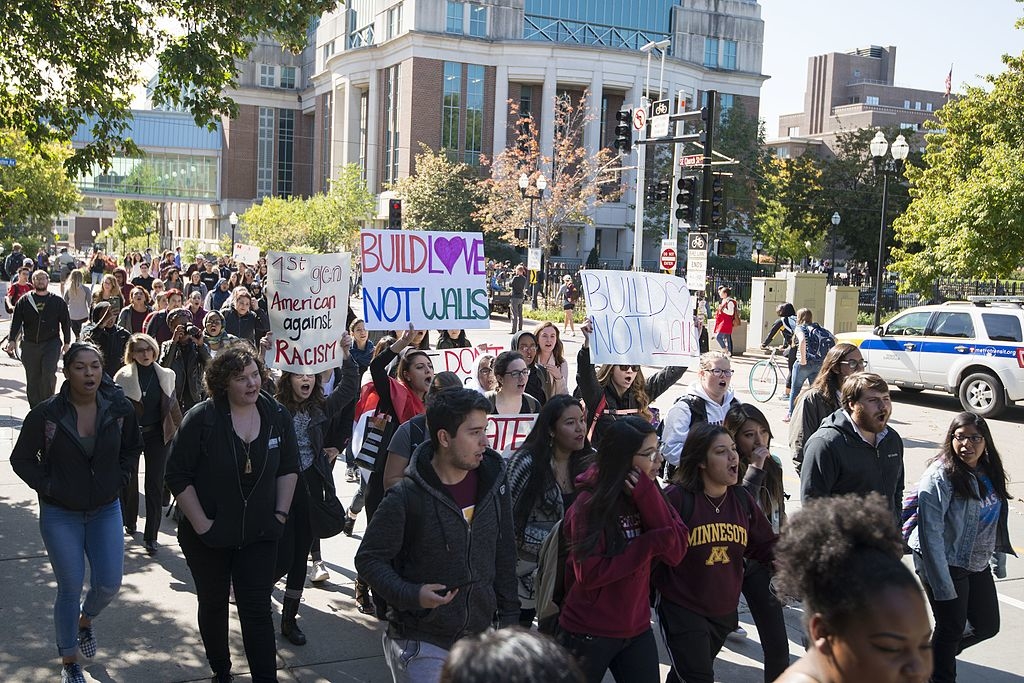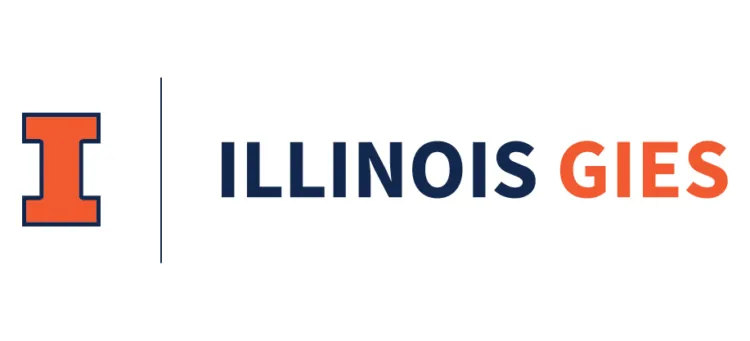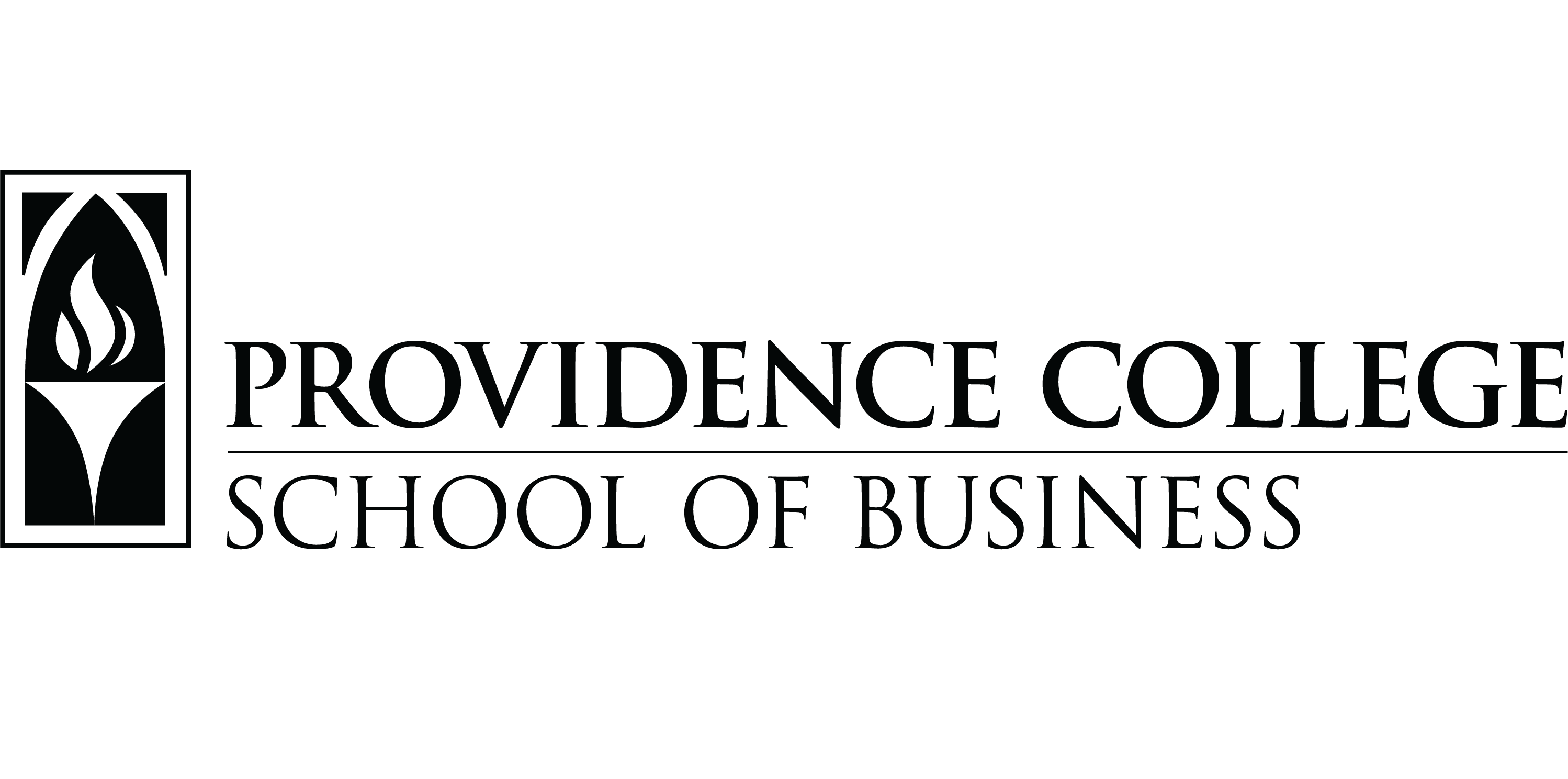
It has been decades since this country — and college campuses — have been so politically charged. From protests about social issues like gun violence and LGBTQ rights to protests blocking far right-wing or left-wing speakers from campus events, college campuses have long been a hotbed of politically charged issues. It’s been happening since the free speech movement in Berkeley, California to civil rights marches at universities in the South and anti-war protests during the Vietnam War across the country. No doubt universities have, historically, been a stronghold for political thought and activism.
These days, while college students are notoriously liberal, there are universities where conservative students make up a majority of the student body. This year, Grove City College ranked the top spot as the “Most Conservative” college in the Princeton Review’s annual Best Colleges rankings. The Princeton Review also ranked the colleges with the “Most Liberal Students.” Both rankings were created by surveying students and asking them if they politically identified as “far-left, Democrat, non-partisan, Republican, or far-right.”
Located in a tight-knit, residential community roughly an hour outside Pittsburgh, Pennsylvania, Grove City College is a Christian liberal arts college with a small student body of roughly 2,400 undergraduates. Students say those who come to Grove City are “largely Christian kids,” with a student body that tends to swing conservative or moderate politically. According to students, the college “avoids being … restrictive or closed-minded.” Plus, “Grove City students know what they believe, but are open to discussion,” a student explains.
CHRISTIAN & JESUIT SCHOOLS RANK STRONGLY IN CONSERVATIVE STUDENTS
Among the top 10 schools with the “most conservative” students, seven have religious affiliations with Christian or Catholic churches. At Wheaton College in Illinois, which ranked seventh, students value “the college’s commitment to providing a rigorous academic experience through a Christian worldview.” Meanwhile, at sixth-ranked Baylor University in Texas, which was originally founded by the Texas Baptist Education Society, a majority of the students report themselves as “very non-political,” although the school as a whole “skews conservative strongly.”
However, it’s not just small religious schools that make this year’s most conservative students list. Two of Alabama’s largest land grant public universities rank in the top ten with Auburn University ranking eighth and the University of Alabama coming in ninth. Rounding out the top ten is Iowa State University, one of Iowa’s largest land grant public universities. Kansas State University and the University of Louisianna at Lafayette are the other two large public universities to make the top-20, coming in 15th and 18th, respectively.
While a few schools are based in the Midwest, the majority come from the South. Texas, Georgia, and Alabama were the only three states in the top-20 to have more than one school represented on the list.
GEOGRAPHY MATTERS
When adding the country’s most liberal schools to the mix, the geography would look similar to an exit poll after a national election. The most liberal schools largely exist in the blue states along the coast with a bit scattered in the sea of red making up the South and middle of the country.
Landing the number one spot for the college with the “most liberal students” was Bryn Mawr College, a women’s liberal arts college based in southeastern Pennsylvania. “Bryn Mawr College represents hope and self-empowerment for every student who walks through Pem Arch,” one student surveyed says. Other students describe the student body at Byrn Mawr as “quite political” with “intellectual, accepting, open, kind, inclusive and bright individuals.”
Among the top 10 that ranked highest for “most liberal students,” nine are identified as liberal arts colleges. Brandeis University, which ranked 10th, is the lone non-liberal arts university and it’s a private research university with a liberal arts focus.
While the top school came from a Mid-Atlantic or Midwestern state, only four others are based in the Midwest and none are based in the South. Massachusetts had three universities make the list while New York and Vermont also had two on this year’s list. One big difference in the liberal list compared to the conservative is the lack of large public universities on the list. While the conservative list had six large public universities on the list, there is only one on the liberal list — the University of Vermont. And with 11,328 undergraduate students enrolled, UVM is the largest university on the liberal list but seven schools are bigger on the conservative list.
CALIFORNIA STRONGHOLD
California, a notoriously blue-state, also had three schools make the top 10 for “most liberal.” Pitzer College, located in Claremont, California — directly east of Los Angeles — came in seventh, with Scripps College, also in Claremont, coming in eighth. Mills College, located in Oakland, ranked ninth for “most liberal.” Oakland, which sits directly across the Bay from San Francisco and shares a border with Berkeley, is in a traditionally liberal and progressive area.
“Social justice is very important to the student body” at Mills, and students here are “unafraid to share their opinions and are active in their community.” Most here are “liberal/progressive” and “never take anything at face value,” instead taking “every aspect of things into close consideration.”
(SEE THE NEXT PAGE FOR THE ENTIRE LIST OF MOST CONSERVATIVE & LIBERAL SCHOOLS.)











Questions about this article? Email us or leave a comment below.